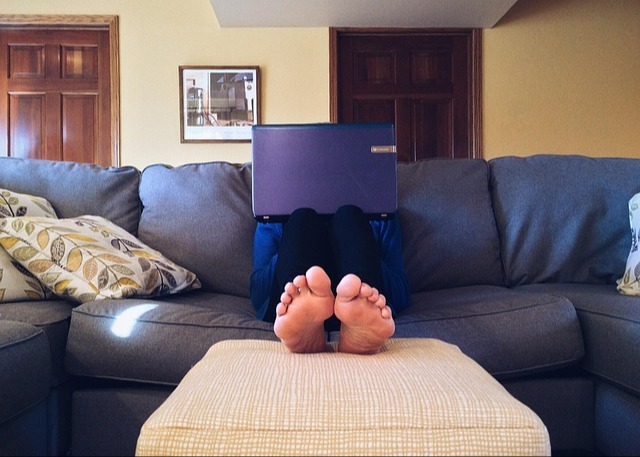If you're like me—someone who thrives on high-energy activities and finds the idea of sitting still in silence about as appealing as watching paint dry—then traditional meditation might feel like a chore rather than a chill session. But here’s the thing: mindfulness doesn’t have to mean lotus poses and incense. It can be whatever helps you slow down, even if you’re the kind of person who’d rather sprint than stretch. So, I decided to put meditation to the test, not as a spiritual awakening but as a practical tool to help me power down when my brain’s still racing at midnight.
The Struggle Is Real: Why Sitting Still Feels Like Torture
For those of us wired for constant motion, meditation can feel like trying to hold a conversation with a brick wall—frustrating and pointless. The first time I tried it, I lasted about two minutes before my brain started screaming, “This is boring! Do something!” And that’s normal. Our brains are conditioned to seek stimulation, especially if you’re used to a fast-paced lifestyle. The silence amplifies every random thought, from unfinished to-do lists to that awkward thing you said five years ago. Instead of relaxation, you get mental chaos. But here’s the kicker: that resistance is exactly why people like us might benefit from mindfulness the most. It’s not about emptying your mind; it’s about training it to slow down when you need it to.
Meditation for the Restless: Alternative Ways to Chill
If traditional meditation isn’t your vibe, that’s cool. There are ways to practice mindfulness without feeling like you’re trapped in a sensory deprivation tank. For starters, try active meditation—things like walking while focusing on your surroundings or even doing a repetitive task (like washing dishes) with full attention. The goal is to anchor your mind in the present instead of letting it spiral into overdrive. Another trick? Pair mindfulness with movement. Yoga might not be your thing, but a slow, intentional stretch session while paying attention to your breath can bridge the gap between restlessness and relaxation. And if silence makes you antsy, try guided meditations with background music or nature sounds. There’s no one-size-fits-all approach.
The Science Behind Why It’s Worth the Effort
Okay, so meditation feels awkward at first—but does it actually do anything? Turns out, yes. Studies show that even short sessions can lower cortisol (the stress hormone), improve focus, and help regulate emotions. For people with high-energy personalities, mindfulness can act like a mental reset button, creating a buffer between constant go-mode and actual rest. It’s not about becoming a Zen master overnight; it’s about giving your brain a chance to pause before it burns out. Think of it like a workout for your mental endurance—the more you practice, the easier it gets to shift gears when you need to.
Making It Stick: Small Steps for Big Results
If you’re skeptical (like I was), start stupidly small. Try one minute of focused breathing before bed, or use an app with bite-sized guided sessions. The key is consistency, not perfection. Some nights, your mind will wander—that’s fine. Other nights, you might actually feel a difference. Over time, those tiny moments add up, and you might just find yourself craving that mental space instead of dreading it. And hey, if it doesn’t work? At least you gave your overactive brain a new challenge.
So, here’s the takeaway: meditation isn’t just for people who love chanting and essential oils. It’s a tool, and like any tool, you’ve got to figure out how to use it in a way that works for you. Whether it’s a walking meditation, a quick breathing exercise between meetings, or just learning to pause before reacting, mindfulness can meet you where you are—even if you’re someone who’d rather run a marathon than sit cross-legged on the floor.
























